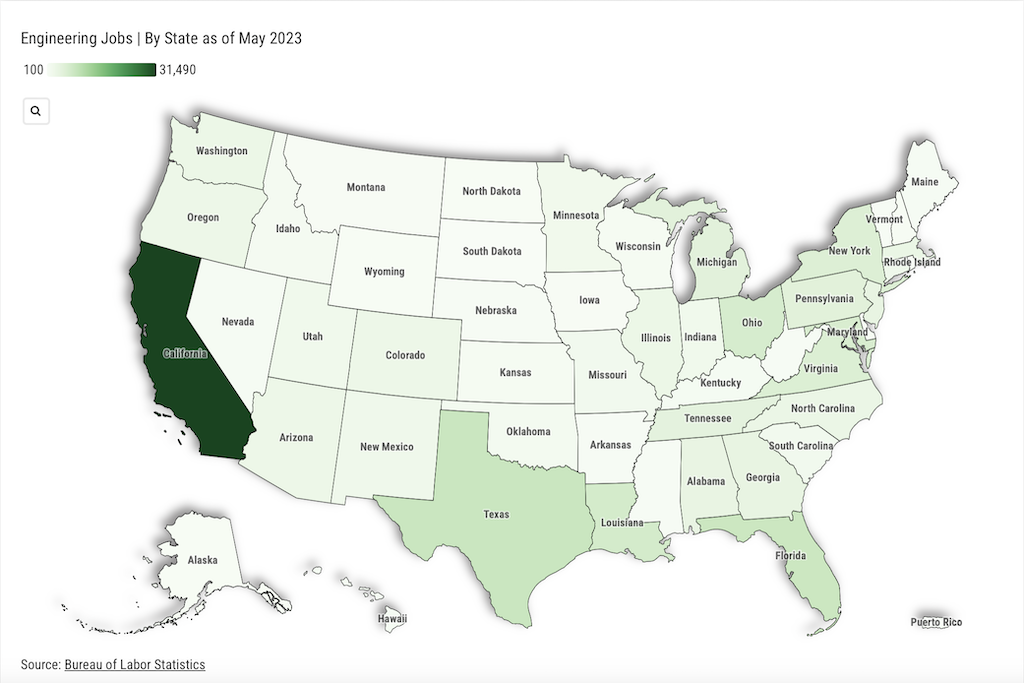'- Mechanical availability (asset utilization) The "business contribution" of maintaining personnel is to provide highly reliable equipment at the lowest possible cost.
– Mechanical availability (asset utilization)
The “business contribution” of maintaining personnel is to provide highly reliable equipment at the lowest possible cost. World-class plants are typically driving reliability rather than cost reduction. (Industry sensitive)
– Ratio of direct maintenance personnel to support maintenance personnel
World-class plants tend to fall in the range of 2:1 to 3:1 workers per support person. Support personnel are those who provide the supervision, parts management, planning, reliability improvement, equipment condition monitoring, and other supporting tasks for the “hands on” workers.
– Ratio of direct maintenance personnel to maintenance planning personnel
– Ratio of direct maintenance personnel to engineering and technical maintenance personnel
There is usually a correlation between this metric and a plant’s equipment reliability and costs.
– Maintenance cost as a percentage of plant estimated replacement value
This value is a classic measure of maintenance cost. Unfortunately, by itself, it drives cost reduction behavior without necessarily reinforcing the need for improved maintenance practices.
– Ratio of plant estimated replacement value (in millions) to direct maintenance workers
This value is a measure of direct maintenance worker productivity (“How much plant and equipment,
in dollars, can each worker maintain?”). Many world-class plants fall into the range of $6-$9 million/worker. (Somewhat industry sensitive)
– Maintenance contracting cost as a percentage of total maintenance cost
This value is a measure for comparison, but without a “target” value. World-class plants don’t shoot for a specific level; rather, they are disciplined in defining the role of contractors in maintenance, based
on business-related criteria. On average, top plants around the world contract over 30% of their maintenance work — a little less in the United States. But, top plants are driven by a defined
strategy, not a target percentage.
– Stores parts and investment as a percentage of plant estimated replacement value
For years, the target for this measure was about 1%, but top plants around the world now routinely achieve ratios in the range of 0.25%-0.5%
– Stores turnover (ratio of annual disbursements to inventory value)
This ratio reflects stocking strategy and may run above or below 1 depending on the plant’s strategy (for example, balancing risk against insurance stocks). Performance is measured against the plant’s own target.
– Ratio of stores disbursements to stores personnel (dollar investment/stores person)
This value is a measure of “productivity” of the stores operation and associated personnel.



